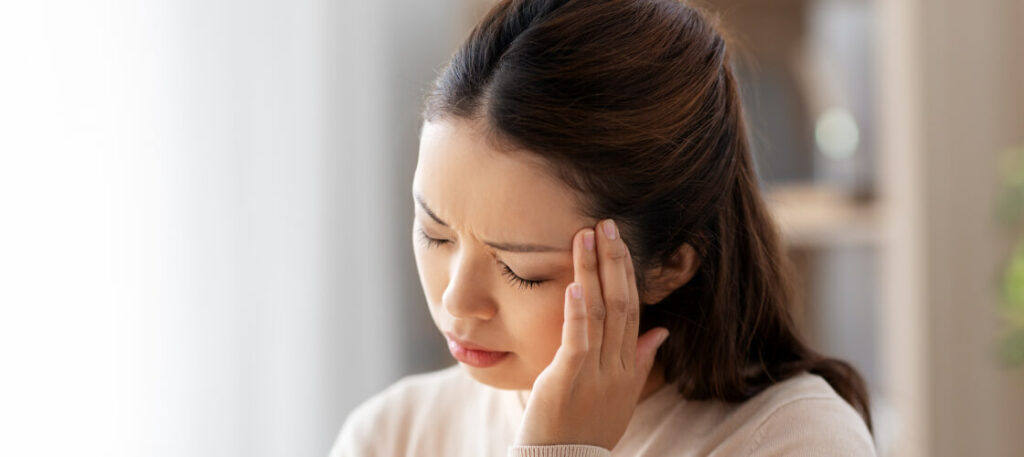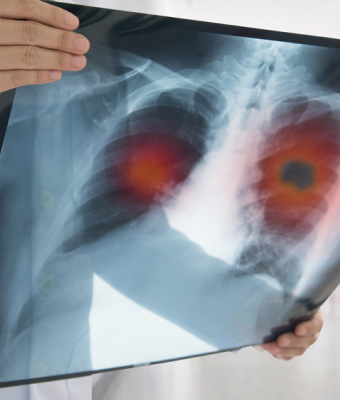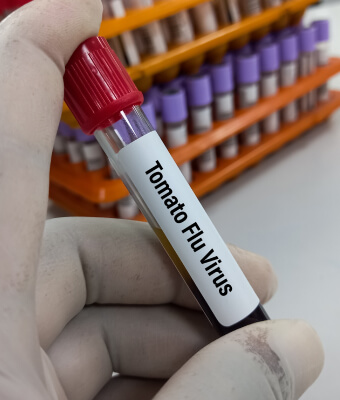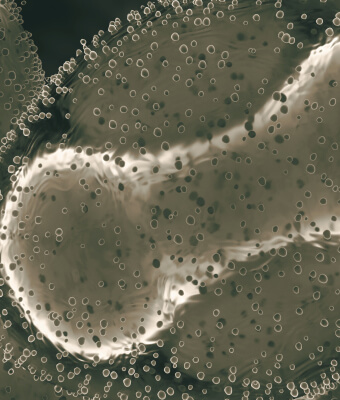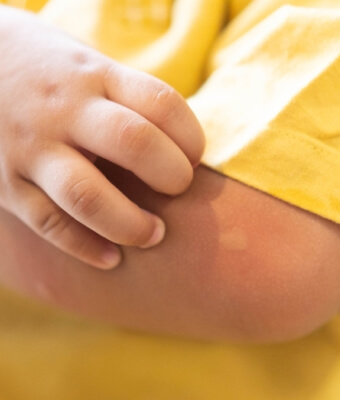A migraine is a complex neurological disease characterized by headaches, intense throbbing pains, or pulsing sensations on one side of the head. It is the most widespread illness globally, affecting 148 million worldwide.
As reported by World Health Organization (WHO), the incidence of migraine is around two times higher in women than in men.1
The article presents the 11 migraine-related medical myths covering caffeine, medication, nutrition, and many more.2
- Not a severe disease
Dr. Mikhael explained, “Most types of migraine are not serious; however, they can be chronic and sometimes debilitating and disabling if not adequately treated.”
All types of migraine are not equal. Migraine, associated with neurological and aura symptoms, is called hemiplegic migraine. This type of migraine leads to stroke and paralysis of one side. However, that paralysis lasts for a few hours to 4 weeks. In sporadic cases, it causes lasting paralysis.2
2. A migraine is more than a headache.
It is a neurological disease with incapacitating symptoms. Headache is the primary migraine symptom. Other migraine symptoms include visual disturbances, nausea, vomiting, heavy fatigue, and extreme sensitivity to light, sound, and smell.2,3
A review investigates the impact of migraine on the quality of life, showing the reduction in productivity and disturbance in family, social, and other fun activities.2
3. Caffeine-driven migraine
The myth is that caffeine does not cause migraine. Both excessive use of caffeine and caffeine withdrawal trigger migraine. The excessive use of caffeine causes migraine chronification, and sudden caffeine withdrawal leads to migraine attacks.2

4. The cure for migraine lies in headache medicine.
Medicine can help to prevent migraine, yet, currently, no cure for migraine is present.

5. Medications cannot treat migraines.
The above statement is false that there is no medication to control migraine. There are many over-the-counter drugs available for migraine. However, frequent use of these drugs triggers the migraine too. So, looking up a healthy lifestyle is advised, which is an effective nonpharmaceutical option.2
6. Only an imaging technique diagnose migraine.
This is a myth that imaging techniques can diagnose migraine. Migraine can be diagnosed clinically and do not require imaging techniques. Although imaging techniques are used for the condition where symptoms are not cleared, there is a sign of threat or neurological symptoms.3
7. Migraine medications cannot be taken during pregnancy
Migraine medications, like acetaminophen and triptans, are relatively safe during pregnancy. Still, some preventive anti-seizure medications are unsafe as they lead to pregnancy halt or congenital malformation.
Due to the high efficacy and no lasting side effects, non-invasive wearable devices are more suitable for pregnant women.2

8. A migraine diet leads to the end of migraine.
Albeit in this day and age, a diet plan is claimed to cure all ills, not all are effective or backed by evidence. However, eating healthy and not taking food that triggers migraine can help to get rid of migraine. The diet plan does not address lack of sleep, stress, or hormonal changes. In a nutshell, there is no diet regimen to cure migraine; still, avoiding known factors can reduce the risk.1,2
9. Cure migraine with supplements
Supplements help to reduce migraine headaches or to prevent their triggering of it. However, this is not accurate to say that supplements can cure migraines. Supplements like magnesium, vitamin D, and vitamin B2 relieve some migraine patients more than others.2
10. No migraine without aura
Most migraines are without aura. Only 10-30% of people with migraine experience aura.
11. No research is going on in migraine investigation2
This is not true that no new migraine investigation is happening, and researchers have given up on the study. There are numerous research works under process which helps to address the migraine pathophysiology and novel treatment methods.
In the past few years, many innovations have taken place in the case of migraine. Latterly, neuromodulation devices were introduced into the market.
Summary2
Migraine is a complex and unpleasant neurological disease and notably affects daily life. Although pharmaceutical interventions are available that can help, nonpharmaceutical factors like a good diet and change in lifestyle reduce the frequency of migraines. Scientists are continuously investigating to identify better treatments, and perchance they will find the cure one day.
References
- Mayo Clinic Staff. Migraine. Mayo Clinic. https://www.mayoclinic.org/diseases-conditions/migraine-headache/symptoms-causes/syc-20360201
- Newman T. Medical myths: 11 migraine misunderstandings. MedicalNewsToday. https://www.medicalnewstoday.com/articles/medical-myths-all-about-migraines
- Migraine misconceptions: straight facts on a misunderstood condition. Church Health Reader. https://www.meritushealth.com/documents/monthly-resources/Migraine-Misconceptions.pdf
